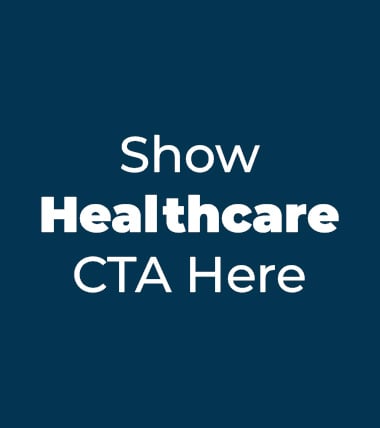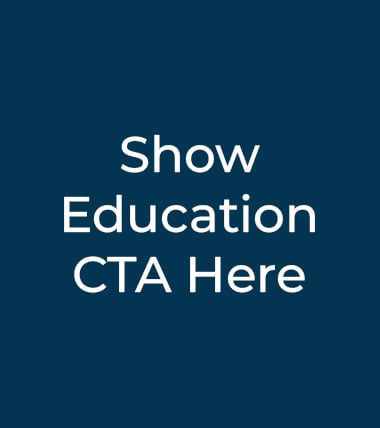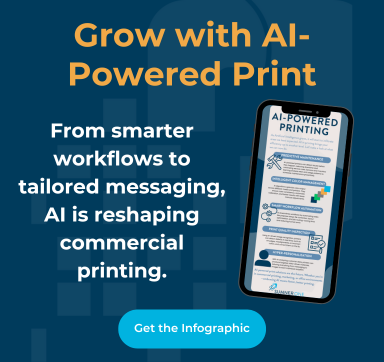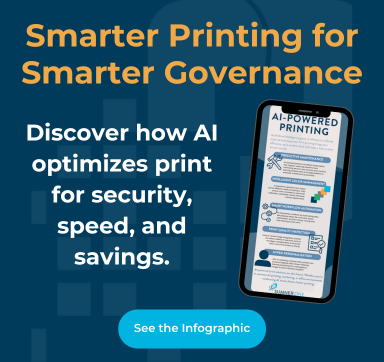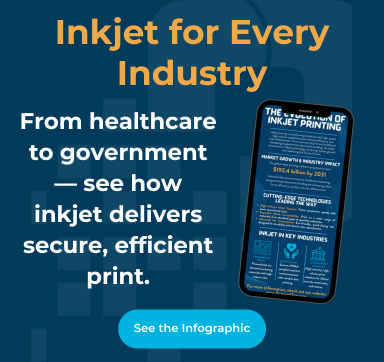For our HR department, the past months have felt like an Olympic track and field event. Leaping over hurdles comes to mind as the challenges associated with this crisis have been so diverse.
We have been supporting our people through a range of options to be “at work” – working from home, having flex days in the office, or coming to the office every day. We also have a large group of dedicated service associates who have remained in the field, day in and day out, since the start of the pandemic.
There have been real challenges for our small HR team in managing the “nuts and bolts” of employee relations and support. Payroll has new intricacies due to the frequency of PTO and personal days, associates taking extended leave to take care of their kids as daycares and schools closed, tax modifications due to the CARES Act, and people no longer all working out of the same office zip code . Employee benefits have just as many new twists to navigate. We have been authoring and distributing new policies as if we were a daily newsroom. The cloud that’s sort of always hanging over our heads is the legal and compliance risk associated with introducing and implementing new policies. We take it very seriously.
However, most pressing has been supporting the individual needs of our associates. The COVID era is first and foremost a human crisis. There is immeasurable stress on our associates and their families as they’ve dealt with the overall uncertainly and fear surrounding the virus, plus the new day-to-day stresses of simultaneously playing parent and schoolteacher, while covering their work responsibilities. Some have picked up even more responsibilities at home as immediate or extended family members have lost jobs or other forms of support.
Our team continues to focus on the larger needs of our organization: how our “hybrid” office and remote model will become the new norm, how we can continue to address individuals’ support needs beyond putting out the immediate fires, and how we can continue nurturing culture and engagement in this new workforce paradigm. Doing this with compassion, creativity, and flexibility requires one major resource: our time! That’s why any tool that can speed up administrative tasks and minimize the need for an HR professional to intervene is a godsend.
Our department was staring into the abyss of how to deal with a whole raft of new COVID-related policies and procedures. We realized that this crisis wouldn’t be over in a couple of months. We couldn’t rely on paper-intensive, manual processes that would chew up time. At SumnerOne, we have some amazing people who have worked on customers’ digital document management projects for years. We asked if our HR department could lean on them to help us make all these new processes manageable. We already use DocuWare within the department for certain procedures, and felt like it was the go-to tool for building a COVID toolset.
We needed this toolset to speed up repetitive processes, minimize errors, reduce our need to loop back with a manager or associate for an administrative task, automate what could be automated, and allow for a manager’s or HR’s review. We needed to abide by the appropriate regulations for data privacy and be able to set permissions for who could access certain data. On top of all that, we needed to know that the document retention capabilities were totally sound.
Our COVID toolset will likely keep growing, but this is what we’ve set up so far:
- Daily Screening. This eform and workflow allowed us to quickly implement the CDC’s guidelines and recommendations that employers institute daily health checks for employees and visitors. The eform questionnaire can be used on a smartphone before entering one of our buildings or at a reception desk. Depending on their answers, the user can be instructed not to enter. It goes hand-in-hand with our Human Temperature Detection System.
- COVID Incident Tracker. This eform is filled out by a positively-diagnosed or at-risk individual, or by their manager, to record COVID exposure. One of the most useful aspects of the form is that fields can’t be skipped over, minimizing what used to be back-and-forth to get the information we needed to meet exposure notification guidelines and safeguard our people.
- Contact Tracing. This is an extension of the COVID Incident workflow as it allows us to maintain a record of whom we’ve notified, whether it’s a co-worker or another stakeholder, such as a customer or visitor.
- Remote Work/Telework. This eform and workflow starts with an acknowledgement of our remote work policy that is to be signed by the employee, manager, and HR. This was necessary because remote arrangements were new to many of our associates and there were certain understandings under the Fair Labor Standards Act and our own policies, such as our Overtime Policy. Under OSHA, we as an employer also maintain the same responsibilities for job-related accidents or injuries, so we needed to a way to document that an employee’s remote work environment met certain safety norms.
- Building Capacity Plans. We want to have a master schedule and seating charts on file. We have nearly 20 physical locations across five states, so we needed a way to confirm that our department managers are following appropriate capacity guidelines. Of course, we don’t have sophisticated CAD drawings of every office, so the scan-to-DocuWare feature allows us to capture even a hand-drawn diagram through a scanner and send it through for HR approval.
- Real-Time Capacity Management. HR, or a designated location manager, is going to have to know overall who is in the building(s) and when. HR or the designee should have the responsibility to reach out to the manager and discuss if there are too many people in any one area of a building at one time.
- Cleaning and Disinfecting Log. Scheduling our cleaning crews isn’t part of HR’s purview, but capturing a record that we, as an employer, are abiding by certain cleaning and disinfection protocols is important. This is simple workflow that preserves a paper log that is filled out by the cleaning crew and/or employees assigned to assist in these duties. The facilities manager or local office manager is responsible for uploading that data into DocuWare once a week.
- Personal Protective Equipment Log. Much like the cleaning log, we didn’t have a good way to monitor whether the amount of PPE on hand in our various locations was sufficient. With disinfectant wipes and masks in short supply at the start of the crisis, we needed to work with local office managers to make sure supplies were available. We even had a wonderful family member of an employee sewing a supply of homemade fabric masks! Our field-based teams go through disposable masks, gloves, and sanitizer and at a really fast clip. This log allows us to keep visibility on whether PPE levels are where they need to be.
As organizations continue to prioritize employee health and safety while grappling with the challenges of COVID-19, implementing solutions that streamline these efforts can double as a long term workflow solution. Document management will remain an optimal solution for HR and Compliance purposes long beyond the recent uptick in policy, regulation, and compliance demands. To learn more about how to address your company's immediate needs for document management and workflow solutions, join our free webinar on how an Enterprise Content Management Solution can help your organization oversee streamline internal policy, documentation, and communication.
 FREE EBOOK DOWNLOAD
FREE EBOOK DOWNLOAD







